1. Avoid close contact with people who are sick.
When you are sick, keep your distance from others to protect them from getting sick too. Avoid touching your eyes, nose or mouth. Germs are often spread when a person touches something that is contaminated with germs and then touches his or her eyes, nose, or mouth.
2. Rest.
When you are tired, your body is susceptible to illness. Stay home and rest when you are sick. If possible, stay home from work, school, and errands when you are sick. Rest is some of the best medicine around!
3. Cover your mouth and nose.
Cover your mouth and nose with a tissue when coughing or sneezing. Remind others to cover their mouth and nose, too.
 4. Clean your hands.
4. Clean your hands.
Washing your hands for 10 seconds will often help protect you from germs. If soap and water are not available, use an alcohol-based hand sanitizer.
5. Drink a lot of water.
When colds and the flu are going around, one of your best defenses is to keep your body fully hydrated so that your respiratory tissues aren’t easily irritated.
6. Stay warm and cozy.
Oriental medicine believes that wind invasions can weaken your body and make catching a cold more likely. Cover your neck and chest, and keep your feet warm and dry.
7. Try Chinese medicine.
Treatments can help strengthen your body’s immune system. Oriental medicine includes things such as acupuncture and Chinese herbs.
Tips compiled by Song Luo LAc, PhD, MD (China)


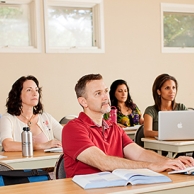-w.jpg)
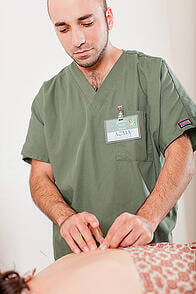


.jpg?width=148&height=222&name=master_li_(2).jpg) as the qigong of unconditional love. Master Li tours the US, Canada, Asia, and Europe throughout the year sharing his wisdom, his understanding, his love. He has taught in more than 20 countries and has been teaching medical qigong at AOMA since 2002.
as the qigong of unconditional love. Master Li tours the US, Canada, Asia, and Europe throughout the year sharing his wisdom, his understanding, his love. He has taught in more than 20 countries and has been teaching medical qigong at AOMA since 2002. AOMA Graduate School of Integrative Medicine (AOMA) is observing an increase in registered nurses pursuing graduate studies in Chinese medicine.
AOMA Graduate School of Integrative Medicine (AOMA) is observing an increase in registered nurses pursuing graduate studies in Chinese medicine.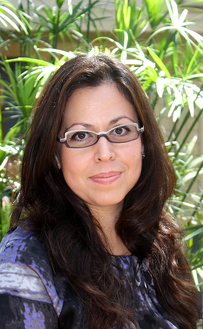 introduce the wonderful community of people behind AOMA's graduate program!
introduce the wonderful community of people behind AOMA's graduate program!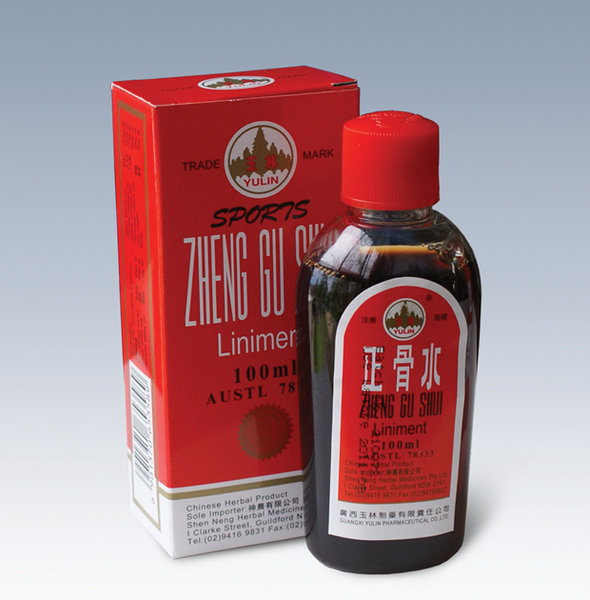
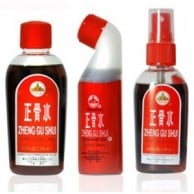 The medicinal effects of the herbs are as follows:
The medicinal effects of the herbs are as follows:
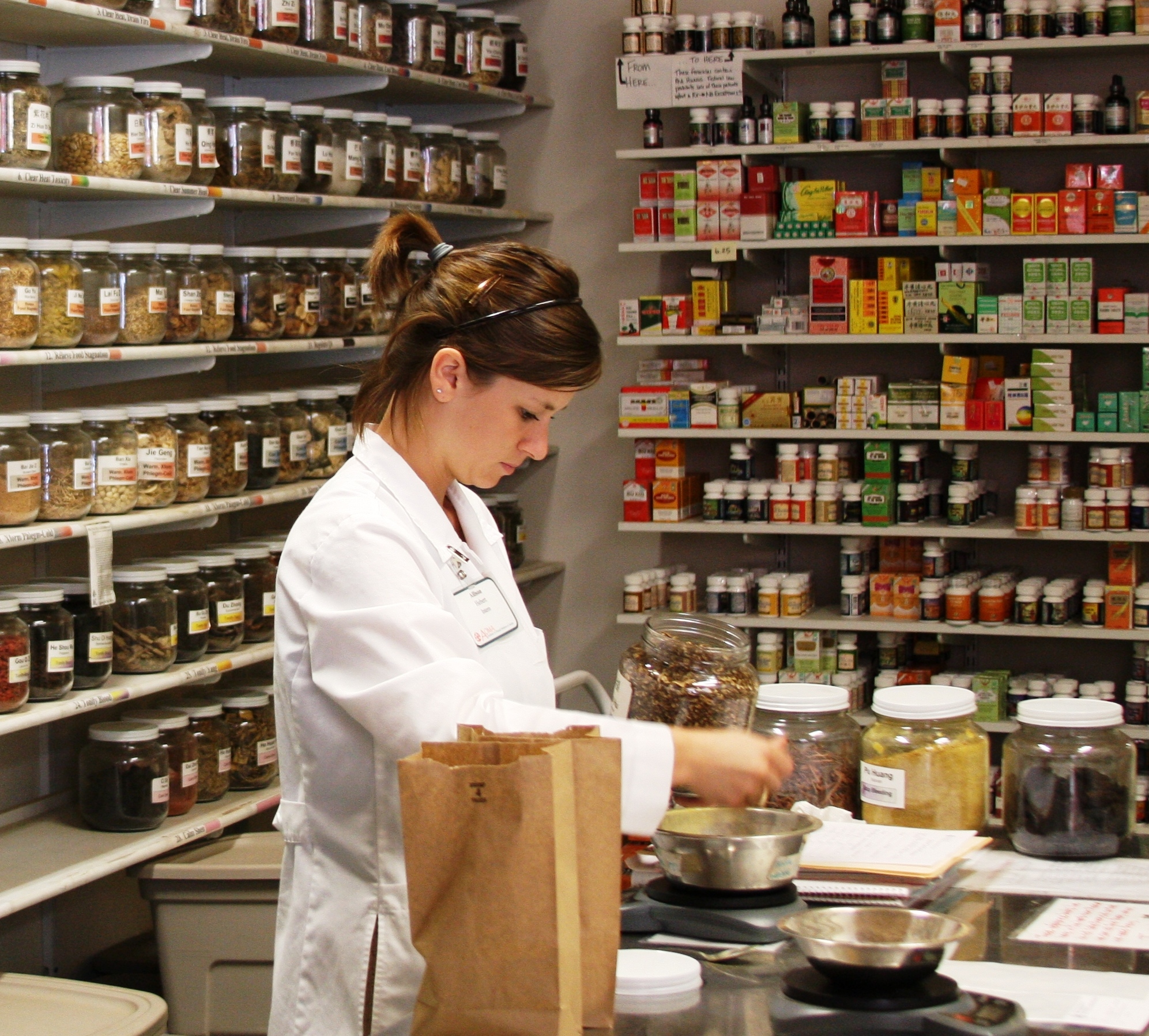.jpg?width=278&height=251&name=herbs_(2).jpg) O) serves as the authority for health and health care within the United Nations system and is leader on global health matters. In addition to playing a key role in medical research, establishing health care standards and policy, the WHO also monitors and assesses emerging trends in global health.
O) serves as the authority for health and health care within the United Nations system and is leader on global health matters. In addition to playing a key role in medical research, establishing health care standards and policy, the WHO also monitors and assesses emerging trends in global health.

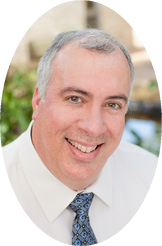 This month, we're happy to introduce Robert Laguna, L.Ac., Dean of Students! In addition to being an academic and transfer advisor, Robert also teaches Clinic Theater, is a supervisor in the AOMA student clinic and oversees the tutoring program for students.
This month, we're happy to introduce Robert Laguna, L.Ac., Dean of Students! In addition to being an academic and transfer advisor, Robert also teaches Clinic Theater, is a supervisor in the AOMA student clinic and oversees the tutoring program for students. 
